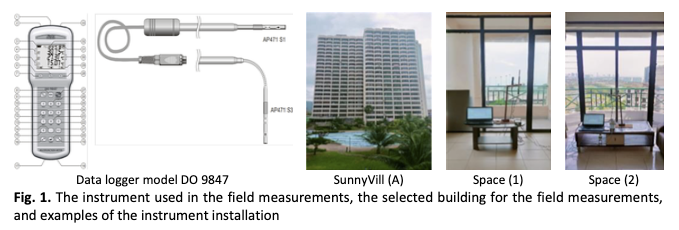Investigation of CCF with TGU as Inner Skin to Reduce Peak Operating Temperature for Thermal Comfort in an Indoor Environment in a Hot, Humid Climate
DOI:
https://doi.org/10.37934/arfmts.110.2.108123Keywords:
Closed cavity, triple-skin, adaptive, façade, energy efficiency, thermal comfort, hot-humid climateAbstract
A closed cavity facade (CCF) is “a sealed, non-ventilated cavity with an automated shading device that, at its simplest, consists of double or triple glazing on the inside and single glazing on the outside”. The dynamic properties of this technology enable the fluid control of solar energy and daylight entering the structure. Several CCF designs were investigated in EnergyPlus and DesignBuilder, and the outcomes were compared to the present state (a single-glazing unit (SGU) with grey coating). The investigation was founded on a case study of a Penang Island, Malaysia, condominium. Comparing CCFs with traditional SGU systems reveals significant thermal performance and occupant comfort enhancements. CCF configurations performed well throughout the year, with maximum operational temperature reductions 40–91% better than traditional SGUs in Malaysia's humid tropical climate. Further investigation revealed that the glass coating and sun shading capabilities substantially contribute to reducing the interior temperature and enhancing the comfort of the building's occupants. The greatest performance was achieved by combining a nanocoating (83/58) and an E-low coating (83/23) (Tvis/Tsol) with a Venetian blind. In light of this, it is essential to carefully consider which coatings to use when installing CCF in such conditions. In all of these regards, the study concentrates on the fact that developing and implementing suitable combinations of a new closed-cavity facade for Malaysia's climate can result in substantial gains. The results demonstrate that building operational temperatures and comfort can be enhanced, highlighting the need for innovative glazing technology.
Downloads
































